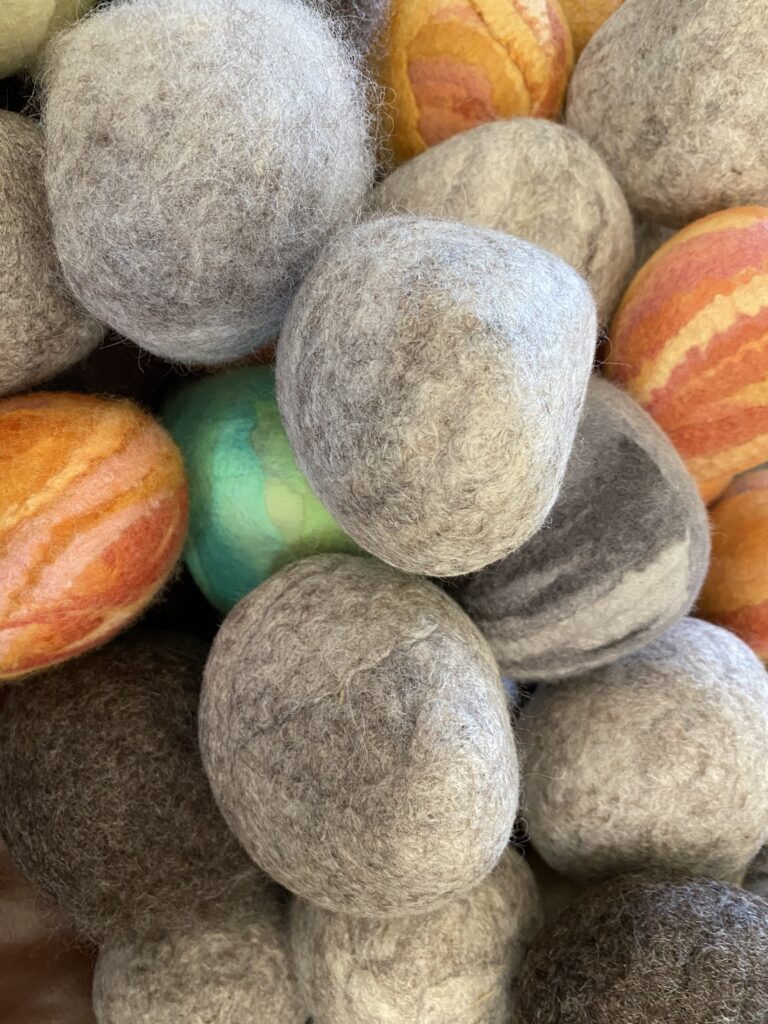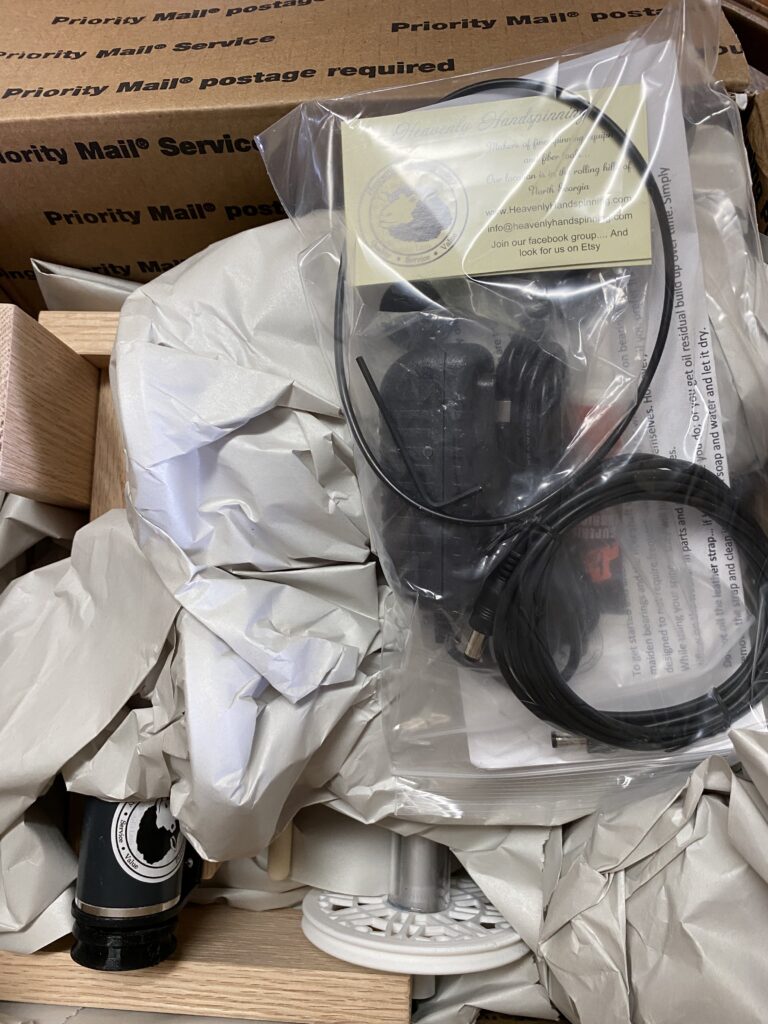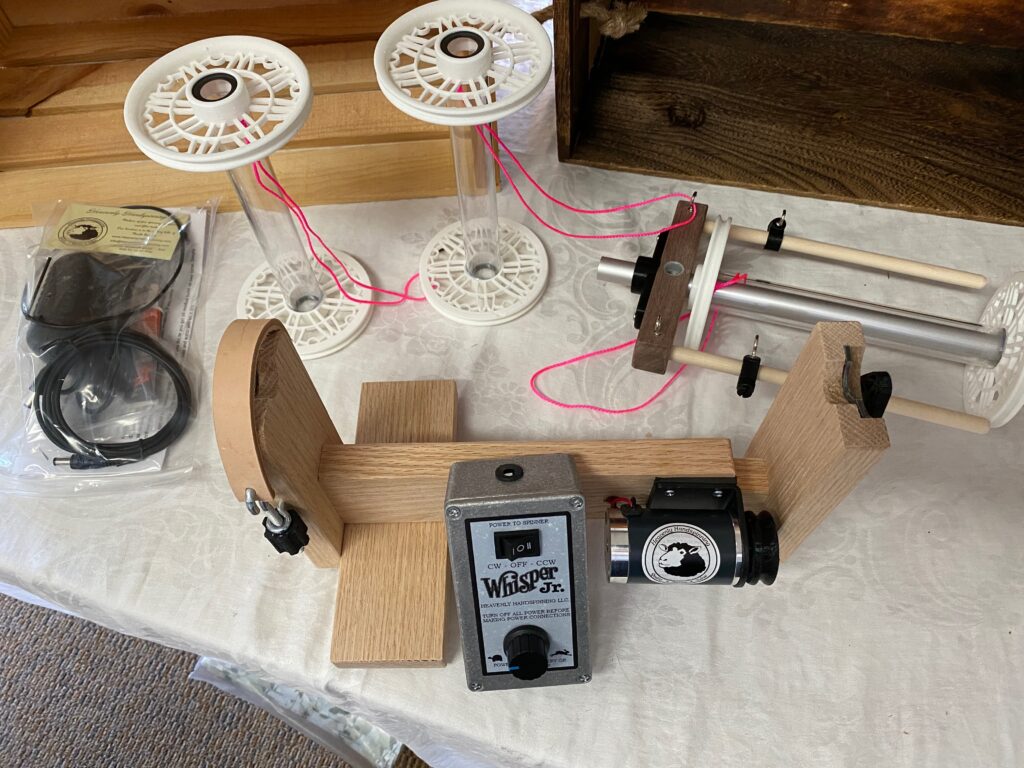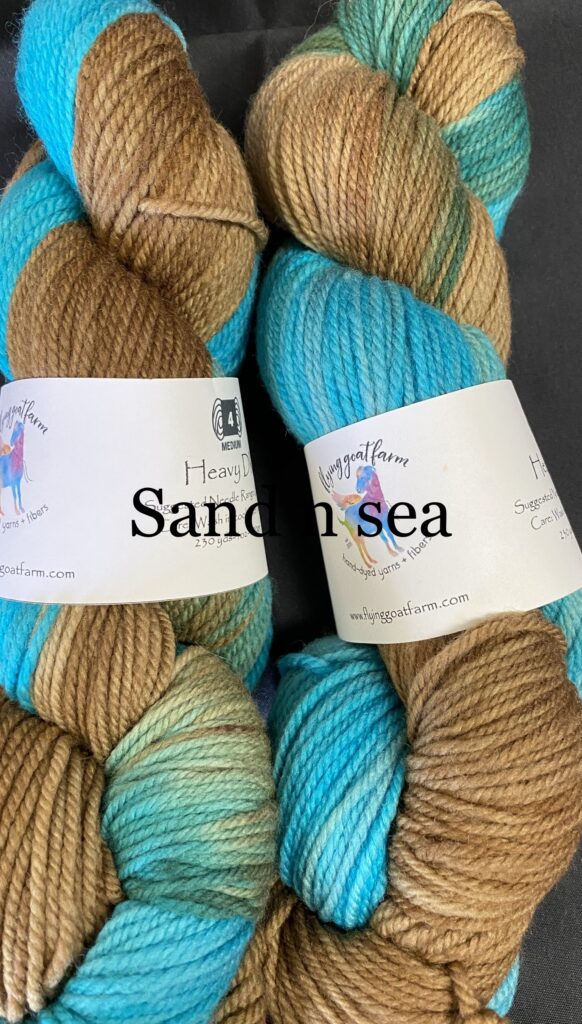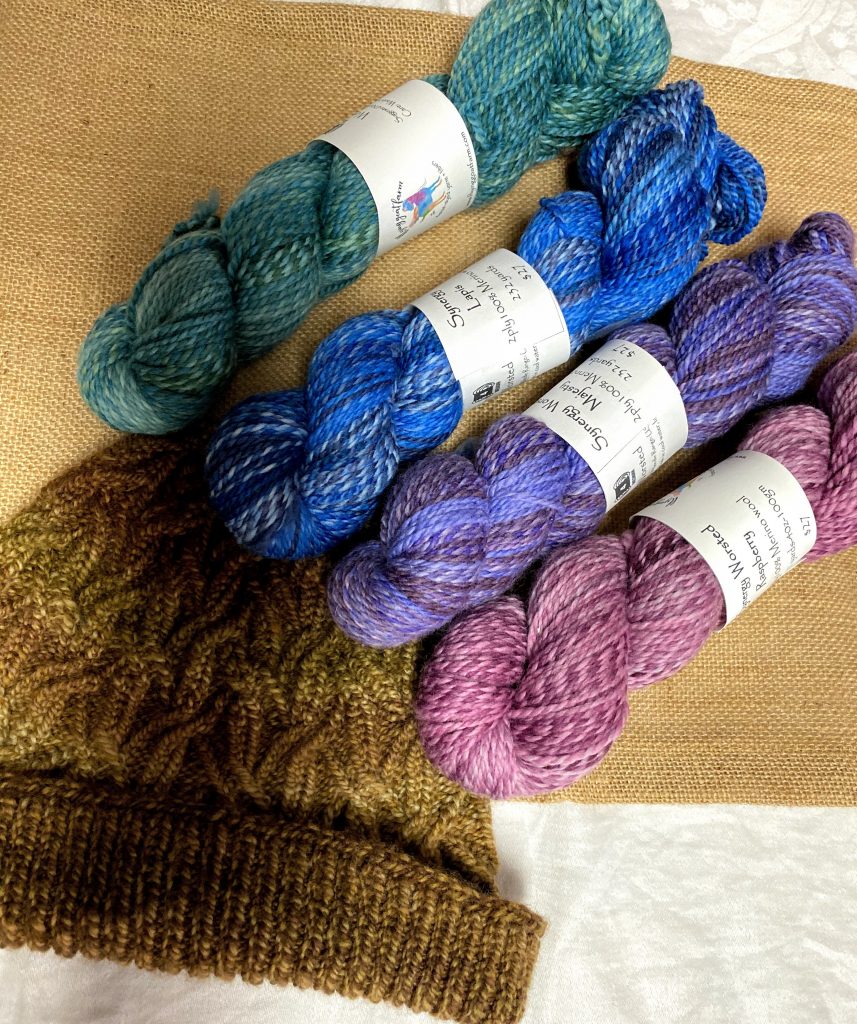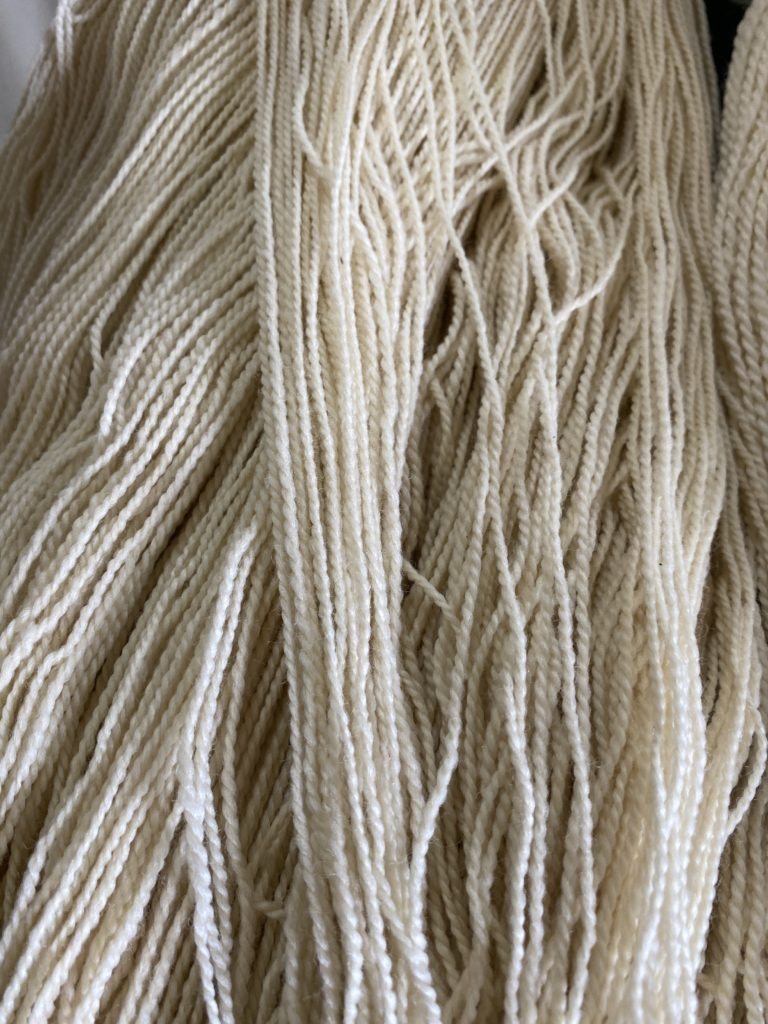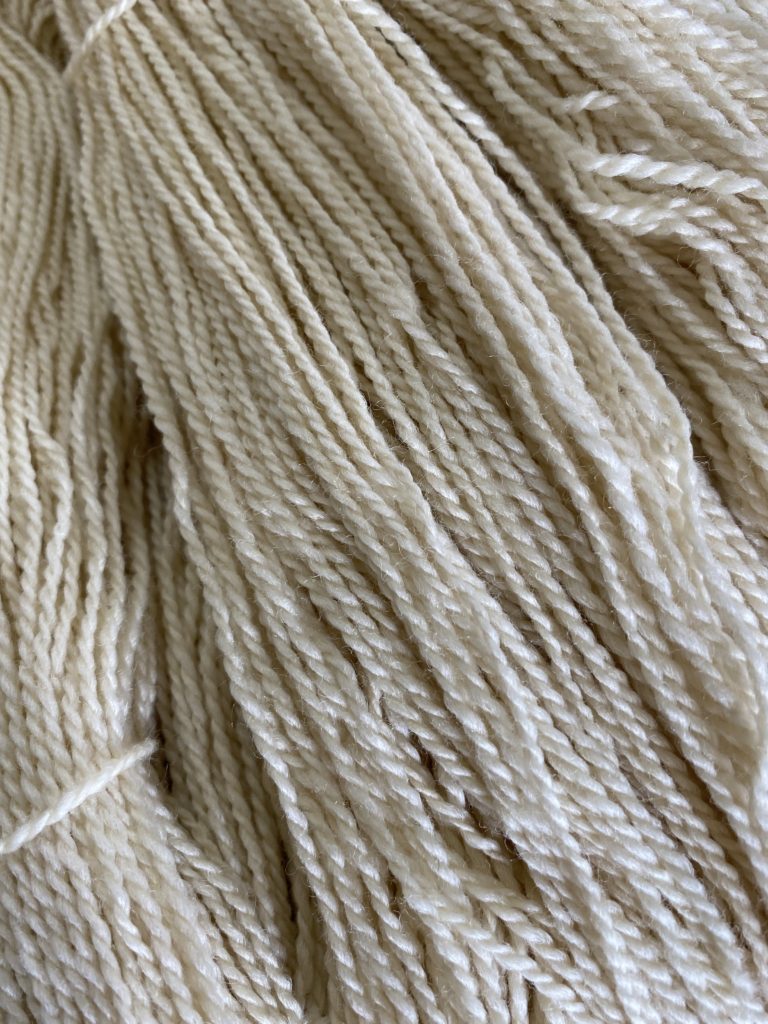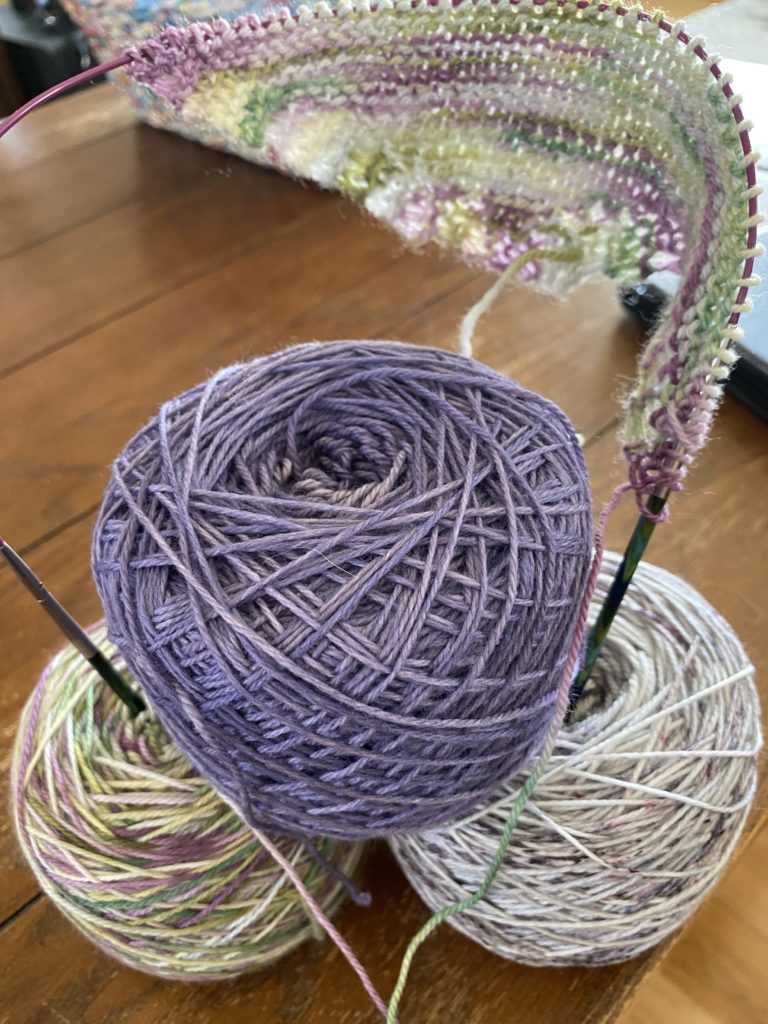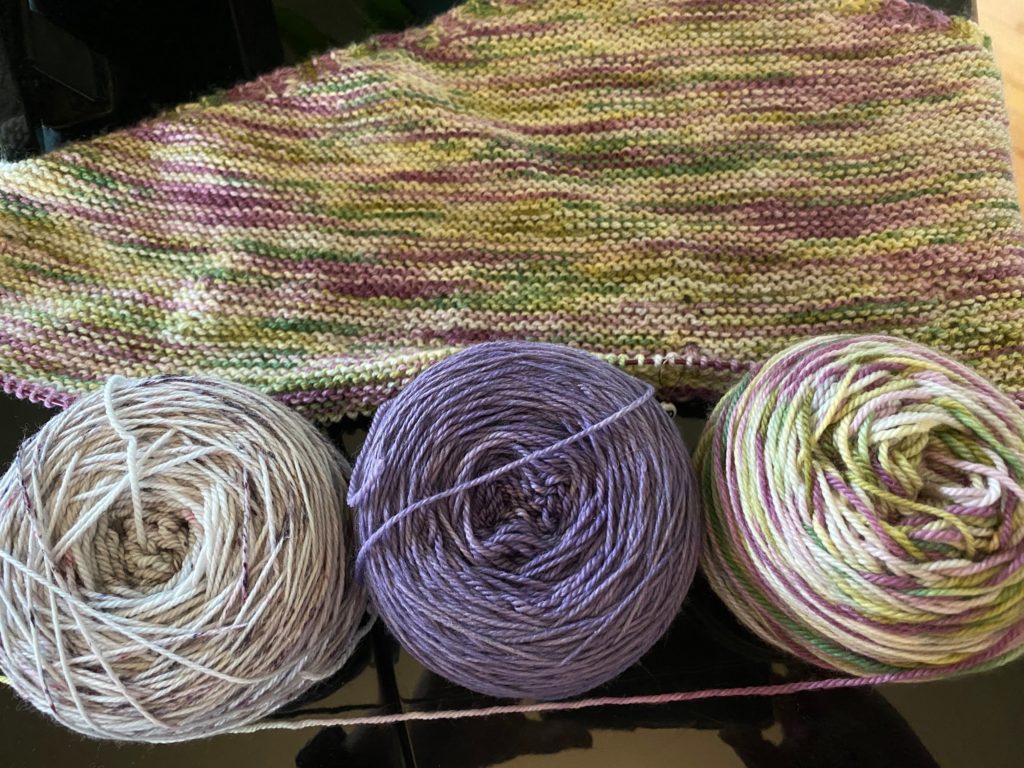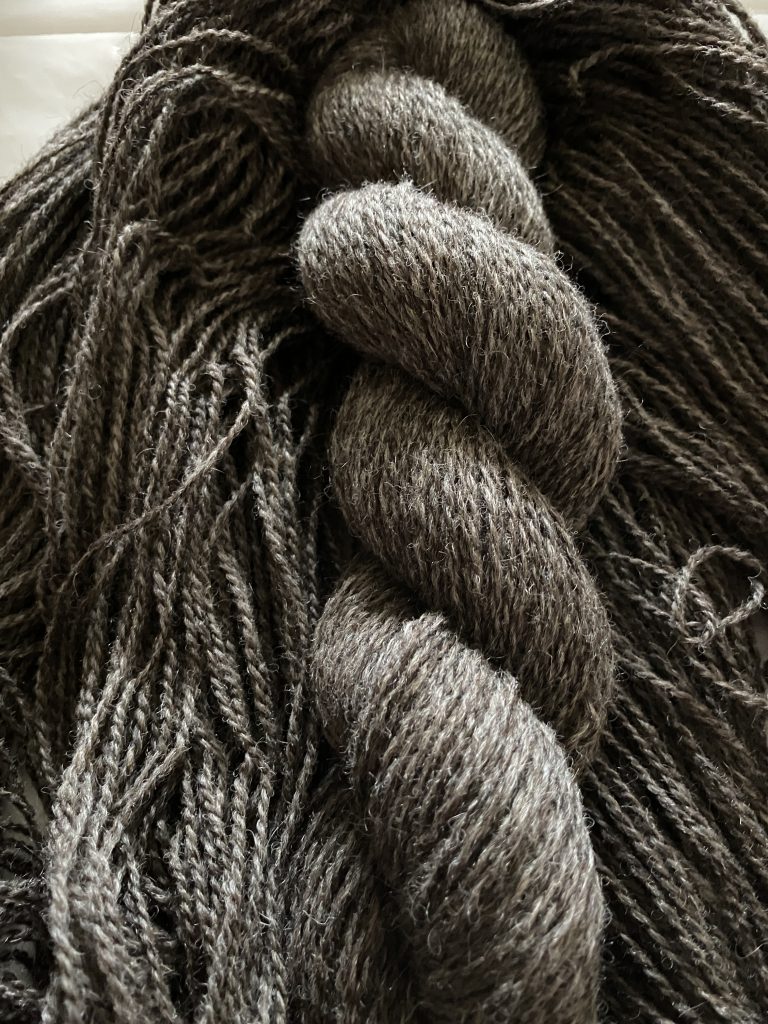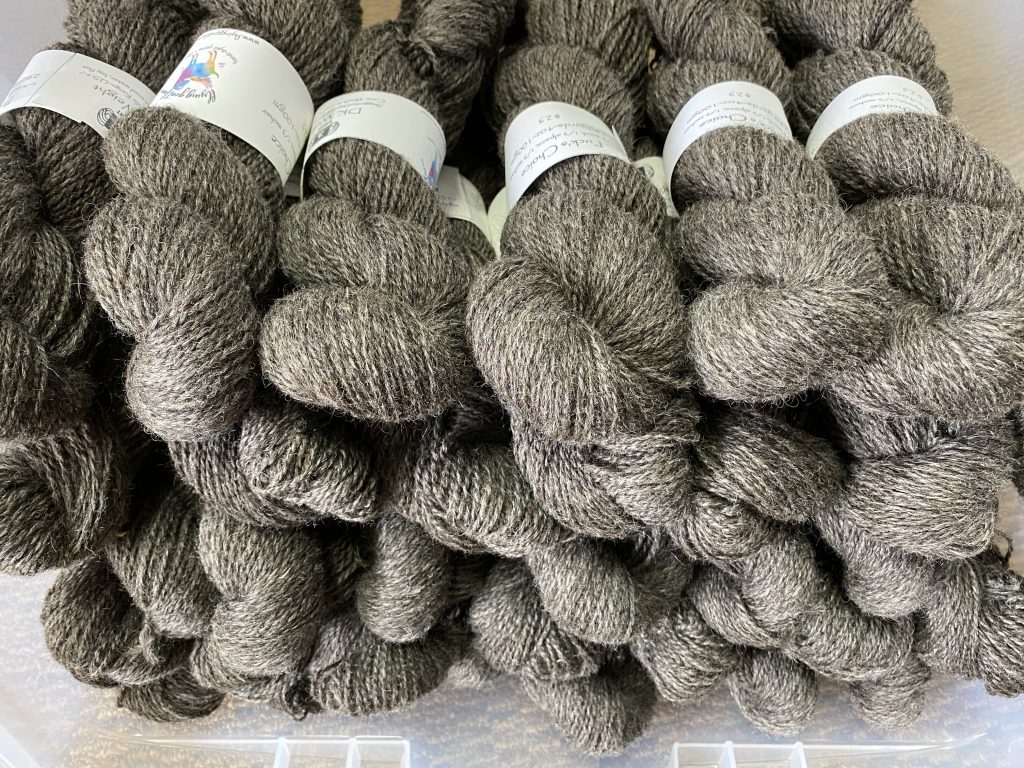Wool has a bit of a bad rap. So many people tell me they can’t wear wool because they are allergic or it is itchy. Yes there are some itchy wools that shouldn’t be worn next to your skin. But there are many wool yarns that are soft to the touch and make fabric with lovely drape and softness. The trick is to understand the difference and choose the best wool for your project. In my opinion, it is totally worth the time and trouble to find a wool yarn that works for you and for the think you want to make. Even my itchiest mohair wool blend sweater loses it’s itch factor when I wear a cotton turtleneck underneath and I get the benefit of beauty, comfort, warmth and durability.

Wool is a totally renewable, sustainable fiber. It grows back year after year. Our sheep are mostly grass fed as well. So I’m not feeding them grain or other processed feed. This is a big part of regenerative agriculture. The sheep and goats eat down our grass and as they do they also fertilize the ground.
Processing wool does not have to have a large carbon or chemical footprint. Cleaning takes hot water and some soap. The rest of the processing (carding and spinning) can be done totally by hand, but even if it is processed at a mill, there is just electricity used in most cases. One of the mills that I use is even going solar. So even less electricity from traditional coal fired plants is being used.

Superwash wool has the least “itchiness”. It has been highly processed to remove the scales on the individual fibers. Tha means that it also has the highest environmental impact. I do like to use superwash wools for socks, knowing that it is a little less ecologically friendly. And knowing that the care and use of those socks will be easier.
Wool is biodegradable. In fact, it can be used as an excellent nitrogen source for mulching. Some shepherds use the skirtings (dirtier wool from the bellies and legs) as mulch for their gardens or orchards. You can also put it into your compost pile to add valuable nitrogen to your soil in your gardens.
Wool is flame resistant so it naturally defends against fire. When exposed to a flame, the fibers extinguish themselves. This can’t be said for manufactured fibers that contain plastics.
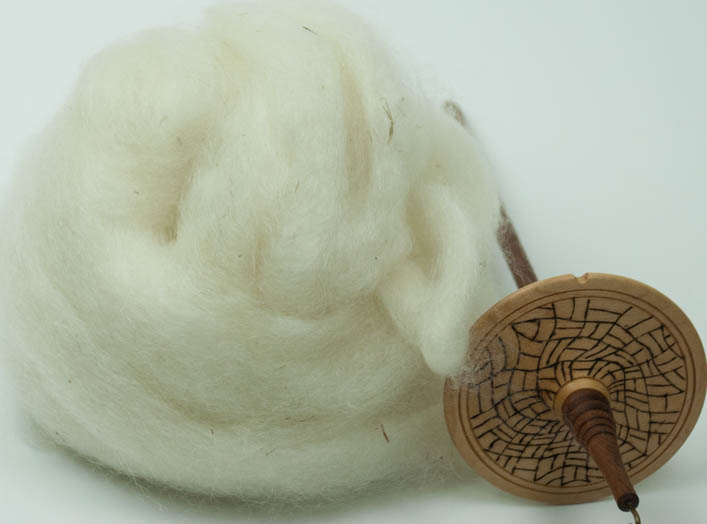
Wool is a great insulator. Some new “green” homes are using wool as insulation. As insulation, wool wicks moisture away from the home and reduces the presence of mold and bacteria. It also acts as a filter for odors in a home. This insulator property is also why wool socks, undergarments and sweaters are worn by hikers and other alpine enthusiasts. Even when you sweat the wool moves it away from your body and keeps you cooler. As outerwear, wool keeps you warm in the winter by insulating and cool in the summer by being breathable. It wicks away moisture from your body, so the moisture is evaporated. It also repels water since the outer layer of the fiber is hydrophobic.
For garments, wool is very easy to care for. Of course you shouldn’t put it in the washer and dryer, but handwashing and air drying is all you need to do. Most stains are easy to remove either with soap and water. It is highly durable so it is a smart investment for your wardrobe.
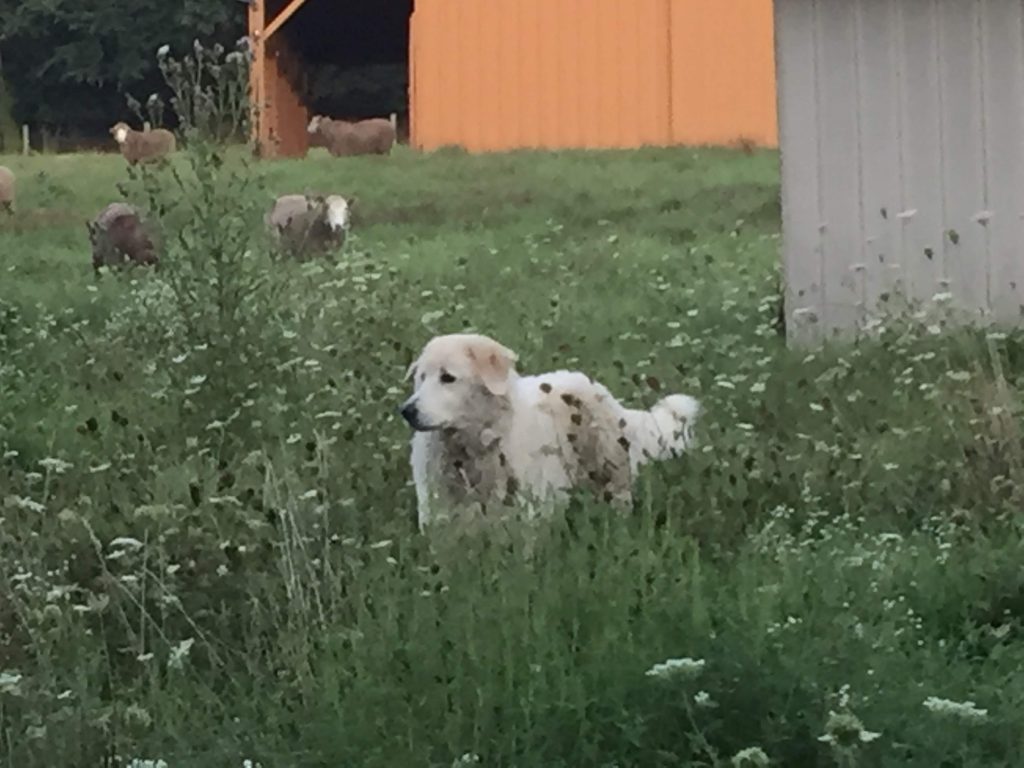
Do you love wool? Why or why not? Post a comment to share your thoughts on wool.
